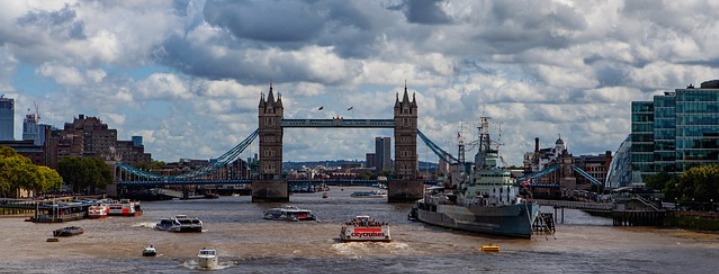Belfast has transformed itself from a city to avoid to a bustling, hip and cosmopolitan destination. The once bombs-and-bullets pariah is in the throes of a comprehensive urban regeneration project. The skyline is continually evolving, new luxury apartments line the waterfront next to old shipyards and the list of tourist attractions is growing every year. Today, the city is home to stunning Victorian architecture, foot-stomping live music shows in crowded pubs, a shining waterfront, many thought-provoking museums and the second largest arts festival in the United Kingdom. The city’s pride and optimism is nearly tangible on every street corner, and Belfast is now on the list of must-see places to explore for any world traveler.
Walking around the city is the best way to explore its rich history. Everywhere you go, grand Victorian architecture rises up along the tree-lined streets. One of the best examples is St. Anne’s Cathedral, built throughout the 19th and 20th centuries before finally being completed in 1981. Open to visitors during the week, the church includes memorials to those who perished during the 20th century’s wars, intricately carved stonework, remarkable gold-laden mosaics and fine word carvings.
One of the city’s biggest legacies is the Titanic, the ill-fated ocean liner built in Belfast from 1909 to 1911. The Titanic Belfast experience includes nine galleries filled with interactive exhibit, life-size reconstructions and audio-visual presentations that take visitor’s through the whole dramatic story, from the ship’s construction to its discovery at the bottom of the Atlantic.
The capital’s waterfront district has undergone a significant revamping in recent years. Once home to only old shipyards and fisherman’s shacks, the area now boasts an array of boutique shops and chic restaurants in between plenty of Irish pubs. The nearby Ulster Museum was recently reopened after extensive renovations, and is an excellent place for visitors to explore the cultural heritage that is the pride and joy of locals.
The history of Belfast is checkered with haunting memories, most notably those of the sectarian violence that tore the capital apart from 1960 until the mid-1990s. A walk down the Falls and Shankill Roads takes visitors back in time to this era, known as the Troubles. The politically-orientated wall murals that became a symbol of the struggle are still visible along the roads and serve as a powerful reminder of the tension for both visitors and locals.
For a fresher view of the city, head out to Divis Mountain. From the 1,500-foot peak, adventurous hikers can see stunning views of the capital. On a clear day, mainland Scotland and the Isle of Skye are visible too.
Belfast is dripping with impressive museums, cultural institutions and historic sights. Other places well worth a visit include the Republican paramilitary Milltown Cemetery, the friendly Irish Language Cultural Center, the massive Stormont Parliament Buildings and the Ulster Folk and Transport Museum, featuring a detailed re-creation of a traditional Irish town. Other notable sights include St. George’s Market, where locals sell a range of fresh foods, homemade clothing and traditional crafts, the recently modernized Belfast Zoo and Belfast Castle, offering decadent interiors and incredible views of the capital and the coast.
The nightlife in Belfast has something for every taste. You can stomp your feet to a traditional Irish music session, sip on pints of Guinness in a packed pub, dance the night away at a stylish nightclub or catch a show at one of the city’s many theaters. The possibilities are endless, and the only thing the locals love more than a good party is sharing it with visitors.
Belfast Geographical Location
Belfast is located on Northern Ireland’s eastern coast and is the largest city in Northern Ireland.
The population of Belfast is approximately 642,000.
Belfast Language
English is the official language of Northern Ireland and is what’s predominately used in Belfast. Gaelic is also an official language but is spoken more frequently on the western coast.
Belfast Predominant Religion
- 87% Roman Catholic
- 4% Other
- 4% None
- 3% Church of Ireland
- 2% Other Christian
Northern Ireland is known to be the most religious part of the UK with the majority of its population Roman Catholics.
Belfast Currency
The Pound Sterling is the official currency of Belfast.
Belfast Climate
Belfast has a temperate climate with pleasantly mild weather throughout the year. In addition to moderate temperatures, Belfast receives a steady amount of rain each month and snow a few days a year.
Belfast Main Attractions
- Titanic Dock and Pump-House
- Belfast Castle
- Albert Memorial Clock Tower
Other Attraction in Belfast
- Belfast’s City Hall
- W5
- Grand Opera House
- Linen Hall Library
